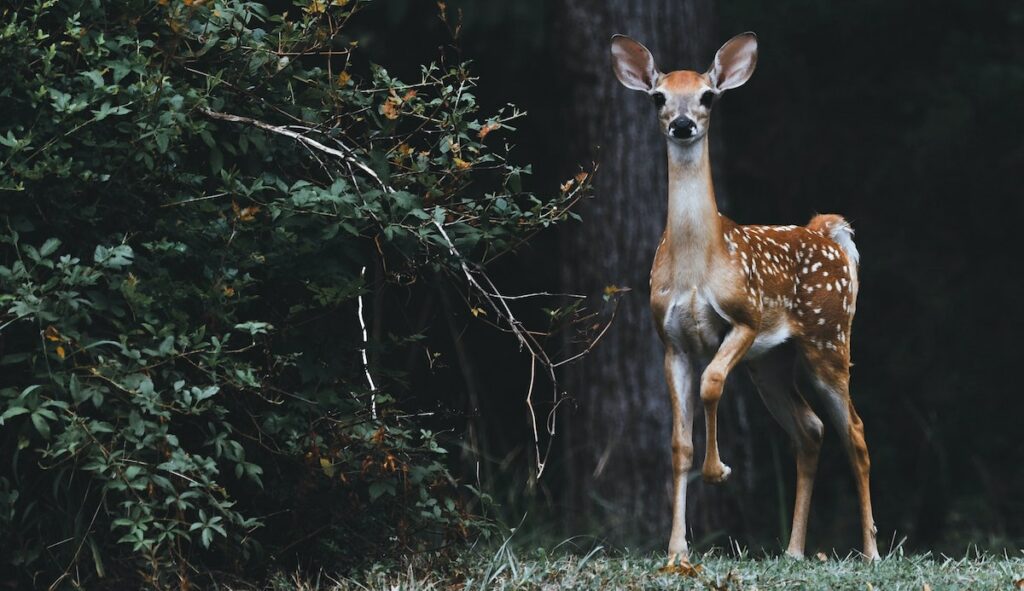Gardening for Wildlife

World Wildlife Day is upon us (March 3) once again. Our Foundation has provided an activity guide for kids to help celebrate this United Nations designated occasion right here. We’re adding to that list today with a look at how your students/family can better consider wildlife in your gardens. Striking a balance between what’s good for them, your household/community, and Mother Nature herself is the key to success when gardening for wildlife. Let’s find out what you can do!
4 Tips to Backyard, Community, and School Gardening That Better Consider Local Wildlife
Provide a Place for Helpful Pollinators to Call Home
There are all sorts of helpful pollinators across Canada that will help your garden thrive. Our Foundation has dedicated a number of articles for how to attract both common and not-so-common pollinators that may be waiting for an invite to your garden. Gather around with your kids/students and enjoy the following:
- How to make a pollinator garden
- How to introduce pollinators into an urban environment
- Garden design to attract birds
- Kids guide to beneficial bugs
- Bats and other summer night pollinators to invite into your garden
- Top 10 coolest pollinators to attract to your garden
Foster Biodiversity
Biodiversity provides vital ecosystem functions such as soil fertilization, nutrient recycling, pest and disease regulation, erosion control and crop and tree pollination. Moreover, it’s critical to sustaining the health of wildlife in our region. What you do in your backyard, community, and school garden most certainly impacts wildlife around it. Here are four tips to promoting biodiversity in your garden spaces.
Climate Proofing Protects Crops and Welcomes Wildlife Too
Planting natural elements and installing hardscape structures to help defend crops and plantings against weather events is not only important to your garden. Doing so also provides sanctuary for beneficial wildlife (see list above). If you haven’t taken steps to climate-proof your garden yet, fret not. Our Foundation has provided a detailed guide for how to windproof your garden, and an article on how to protect your crops from all other weather events common to Canada.
Keeping “Harmful” Wildlife Away
You need to keep certain species of wildlife away from your garden. This is important for the health of your plants, your household, your community (or school), and just as importantly – for wildlife. When they venture into suburban/urban territory they are often tranquilized for relocation or “destroyed”. No one wants that to happen, especially when it’s us (humankind) that are living on their natural land. Whether you have bears, cougars, mountain lions, deer, and/or raccoons near the property line of your community, please follow these tips for how to keep wild animals out of your garden.
Protect Your Household Pets
If you have a household dog, cat, or other lovable rascal that ventures into your yard, you want to protect them from potential harm. Keeping wild animals away is a start, but there are other considerations, such as plant species that may be harmful to your pet’s health. View our guide to pet-friendly garden design.
Enjoy your garden spaces and remember to watch out for the beneficial wildlife that come to visit!








